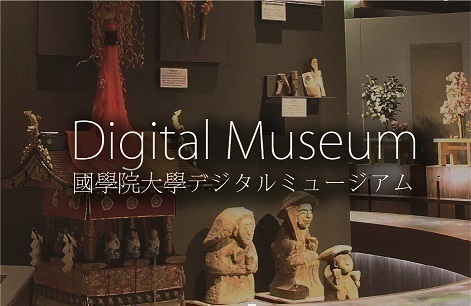- トップ
- Encyclopedia of Shinto
- Me-kari shinji
Encyclopedia of Shinto
| Main Menu: | |
| Links: |
詳細表示 (Complete Article)
| カテゴリー1: | 5. Rites and Festivals |
|---|---|
| カテゴリー2: | Individual Shrine Observances |
| Title | Me-kari shinji |
| Text | A wakame (a type of seaweed) harvesting rite held on the first day of the first month of the lunar calendar at Mekari (the characters mean "wakame harvest") Shrine in Moji Ward, Kita-Kyūshū City, Fukuoka Prefecture. Before dawn on the old New Year's Day, a shrine priest (shinshoku) goes down to the ocean beating his breast with the sword that is one of the shrine's treasures. Bathed in the light of large pine torches, another priest goes out into the waters to make a cut of wakame with a scythe. It is said that only at this time will even rough waves go still. This seaweed is offered before the kami on lunar New Year's Day. In ancient times, it was presented to the imperial court. This rite originates from a tradition which holds that when Empress Jingū made her triumphal return from the Three Kingdoms (of the Korean peninsula), the sea kami Azumi no Isora went into the ocean on the last night of the year to get jewels with the power to control the tides that she bestowed upon the monarch. The "high-tide jewel" (manju) and "low-tide jewel" (kanji) are said to be at the shrine. Many people come for the rite because eating the wakame that is distributed is said to cure illnesses. A mekari rite also takes place on the first day of the first month by the lunar calendar at Sumiyoshi Shrine in Shimonoseki City, Yamaguchi Prefecture. On the last night of the old lunar year, priests (shinshoku) guided by pine torches hold a ceremony to make food offerings (shinsen) to the sea kami (uminokami) on the shoreline near Dan-no-ura at a rock called Hotate-iwa ("fire-making rock"). Each of the persons assembled, including the priests, is given one mochi (rice cake) apiece, which they toast and eat. Then, relying on the light from the torches, priests carrying scythes enter the dark waters to harvest the wakame. This is offered immediately to the kami as a food offering for New Year's Day. There is a family lineage whose members offer their service at the me-kari rite, assisting the priests. On this evening, the shrine's local parishioners (ujiko) try to be careful about going out and stay out of the light of the torches used for the harvesting. Generally, wakame is not harvested until the mekari rite is over; the seaweed goes on sale throughout the city once the festival has taken place. As with the Mekari Shrine, the rite's origins are said to date to the tale of Azumi no Isora presenting the jewels of the tides on the occasion of Empress Jingū's conquest of the Three Kingdoms. There is also a tale that the offering was made to postpone Empress Jingū's giving birth since she was still conducting the campaign. A mekari rite is held on the fifth day of the first month of the lunar calendar at Hinomisaki Shrine in the town of Taisha, Hikawa District, Shimane Prefecture. No wakame is cut, but the fishermen offer other harvested items that are presented to the gods together with food offerings. Another mekari rite takes place that same day at Kumano Shrine (also called Gongen), a Hinomisaki branch shrine (massha) located on Hōrai Island. The rite entails the building of a boat bridge stretching the 60 meters from the seashore to the island using twelve boats representing the twelve months. The priests cross on the boats to present the wakame. The origins of the rite are said to date to around the time of Emperor Seimu when, early on the morning of the fifth day of the first month, a seagull is said to have thrice brought seaweed in its mouth that it left on the railing of the main shrine and then flew away. Another legend holds that the seagull brought it to the Kumano branch shrine. Wakame is not harvested until this rite is completed. — Mogi Sakae |




